Ecosyste.ms: Awesome
An open API service indexing awesome lists of open source software.
https://github.com/keephq/keep
The open-source alert management and AIOps platform
https://github.com/keephq/keep
aiops alarm alarms alerting alerts monitoring monitoring-tool python python3 workflow-automation
Last synced: 2 months ago
JSON representation
The open-source alert management and AIOps platform
- Host: GitHub
- URL: https://github.com/keephq/keep
- Owner: keephq
- License: mit
- Created: 2023-02-04T18:43:27.000Z (over 1 year ago)
- Default Branch: main
- Last Pushed: 2024-04-03T12:24:30.000Z (2 months ago)
- Last Synced: 2024-04-03T14:25:11.100Z (2 months ago)
- Topics: aiops, alarm, alarms, alerting, alerts, monitoring, monitoring-tool, python, python3, workflow-automation
- Language: Python
- Homepage: https://platform.keephq.dev
- Size: 23 MB
- Stars: 2,881
- Watchers: 15
- Forks: 146
- Open Issues: 50
-
Metadata Files:
- Readme: README.md
- Contributing: CONTRIBUTING.md
- License: LICENSE
Lists
- awesome-sre-tools - Keep - CLI for alerting
- cli-apps - Keep - Simple alerting tool, with declarative syntax and builtin providers. (<a name="utility"></a>Utilities)
- awesome-devops - Keep - Open source alerting CLI for developers. (Observability & Monitoring)
- awesome-stars - keephq/keep - The open-source alert management and AIOps platform (Python)
- Absolute-Awesome - keephq/keep - The open-source alert management and AIOps platform (Python)
- awesome-stars - keephq/keep - The open-source alert management and AIOps platform (Python)
- my-awesome-stars - keephq/keep - The open-source alert management and AIOps platform (Python)
- awesome-stars - keephq/keep - The open-source alert management and AIOps platform (Python)
- awesome-stars - keephq/keep - The open-source alert management and AIOps platform (Python)
- awesome-repositories - keephq/keep - The open-source alert management and AIOps platform (Python)
- awesome-sre-tools - Keep - CLI for alerting
- awesome-platform-engineering-tools - Keep - CLI for alerting
- awesome-stars - keephq/keep - The open-source alert management and AIOps platform (Python)
- awesome-stars - keephq/keep - The open-source alert management and AIOps platform (Python)
- awesome-opensource-israel - keep - The open-source alerts management and automation platform   (Projects by main language / python)
- jimsghstars - keephq/keep - The open-source alert management and AIOps platform (Python)
- awesome-stars - keephq/keep - The open-source alert management and AIOps platform (Python)
- awesome-github-repos - keephq/keep - The open-source alert management and AIOps platform (Python)
- awesome-stars - keephq/keep - The open-source alert management and AIOps platform (Python)
- awesome-repositories - keephq/keep - The open-source alert management and AIOps platform (Python)
- awesome-stars - keephq/keep - The open-source alert management and AIOps platform (python3)
- awesome-stars - keephq/keep - The open-source alert management and AIOps platform (Python)
- awesome-cli-apps - Keep - Simple alerting tool, with declarative syntax and builtin providers. (<a name="utility"></a>Utilities)
- awesome-stars - keephq/keep - `★3026` The open-source alert management and AIOps platform (Python)
README

The open-source alerts management and automation platform
Why Keep?
·
Getting started
·
Supported tools and integrations
·
Docs
·
Try it out
·
Website
·
Report Bug
·
Slack Community
Keep makes it easy to consolidate all your alerts into a single pane of glass and to orchestrate workflows to automate your end-to-end processes.
Enrich any tool with Datadog Workflow Automation like capabilities.
## How does it work?
1. **Connect your tools**: Connect everything from monitoring platforms to databases and ticketing systems.
| Connect providers | Receive alerts |
|----------|----------|
|  |
|  |
|
2. **Set up Workflows**: Initiate automated workflows in response to alerts or based on custom intervals.
| Create and upload workflows |
|----------|
|  |
|
3. **Operational efficiency**: Automate your alert handling to focus your team's efforts on what really matters.
## Why Keep?
1. **Centralized dashboard**: Manage all your alerts across different platforms in a single interface.
2. **Noise reduction**: Deduplicate and correlate alerts to reduce alert fatigue.
3. **Automation**: Trigger workflows for alert enrichment and response.
4. **Developer-first**: Keep is API-first and lets you manage your workflows as code.
5. **Works with every tool**: Plenty of [supported providers](#supported-providers) and more to come.
## Workflows
The easiest way of thinking about Workflow in Keep is GitHub Actions. At its core, a Workflow in Keep is a declarative YAML file, composed of triggers, steps, and actions and serves to manage, enrich, and automate responses to alerts:
```yaml
workflow:
id: most-basic-keep-workflow
description: send a slack message when a cloudwatch alarm is triggered
# workflow triggers - supports alerts, interval, and manual triggers
triggers:
- type: alert
filters:
- key: source
value: cloudwatch
- type: manual
# list of steps that can add context to your alert
steps:
- name: enrich-alert-with-more-data-from-a-database
provider:
type: bigquery
config: "{{ providers.bigquery-prod }}"
with:
query: "SELECT customer_id, customer_type as date FROM `customers_prod` LIMIT 1"
# list of actions that can automate response and do things with your alert
actions:
- name: trigger-slack
provider:
type: slack
config: " {{ providers.slack-prod }} "
with:
message: "Got alarm from aws cloudwatch! {{ alert.name }}"
```
Workflow triggers can either be executed manually when an alert is activated or run at predefined intervals. More examples can be found [here](https://github.com/keephq/keep/tree/main/examples/workflows).
## Supported Providers
> Missing any? Just submit a [new provider issue](https://github.com/keephq/keep/issues/new?assignees=&labels=provider&projects=&template=new_provider_request.md&title=) and we will add it in the blink of an eye.
Observability tools
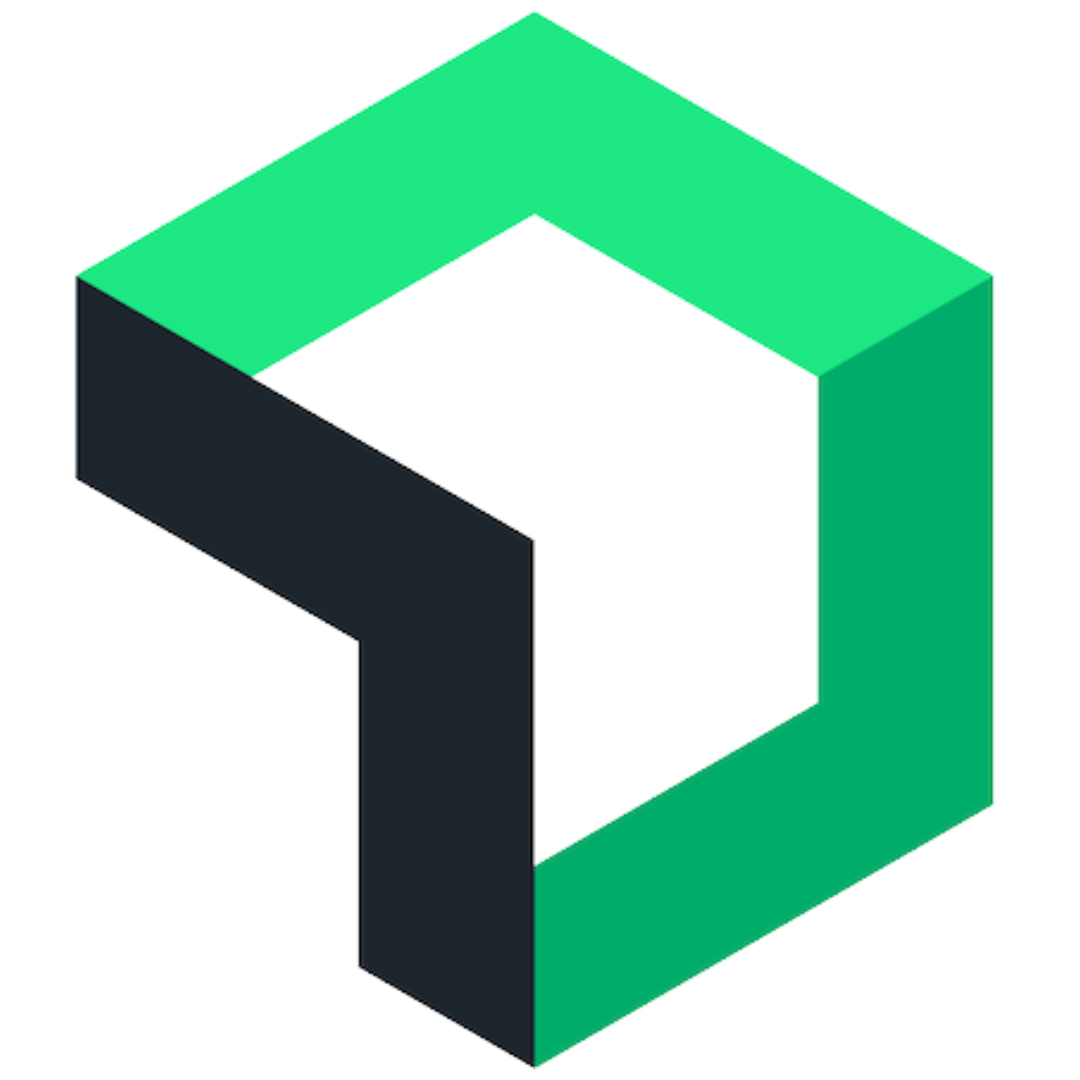
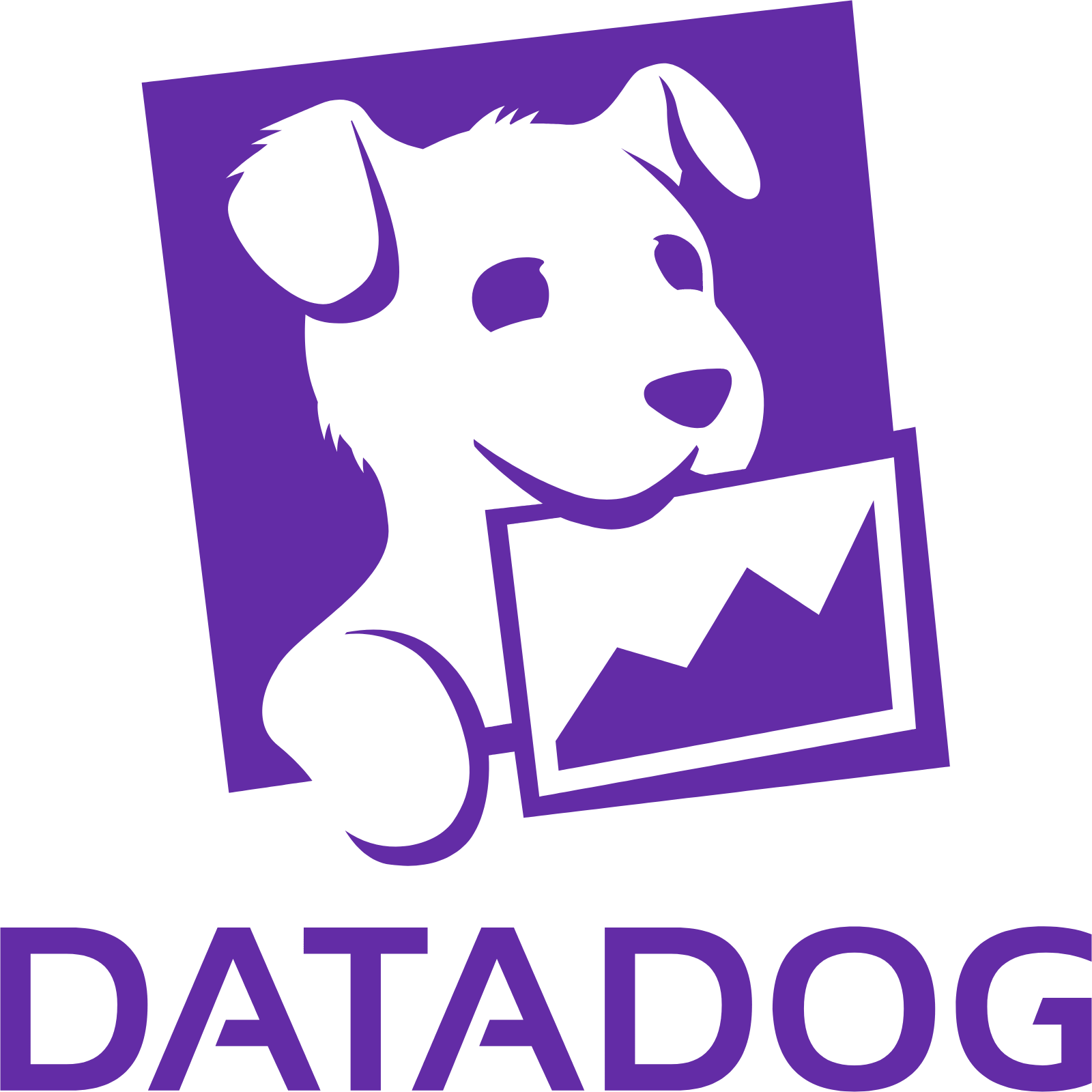

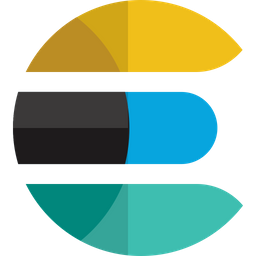


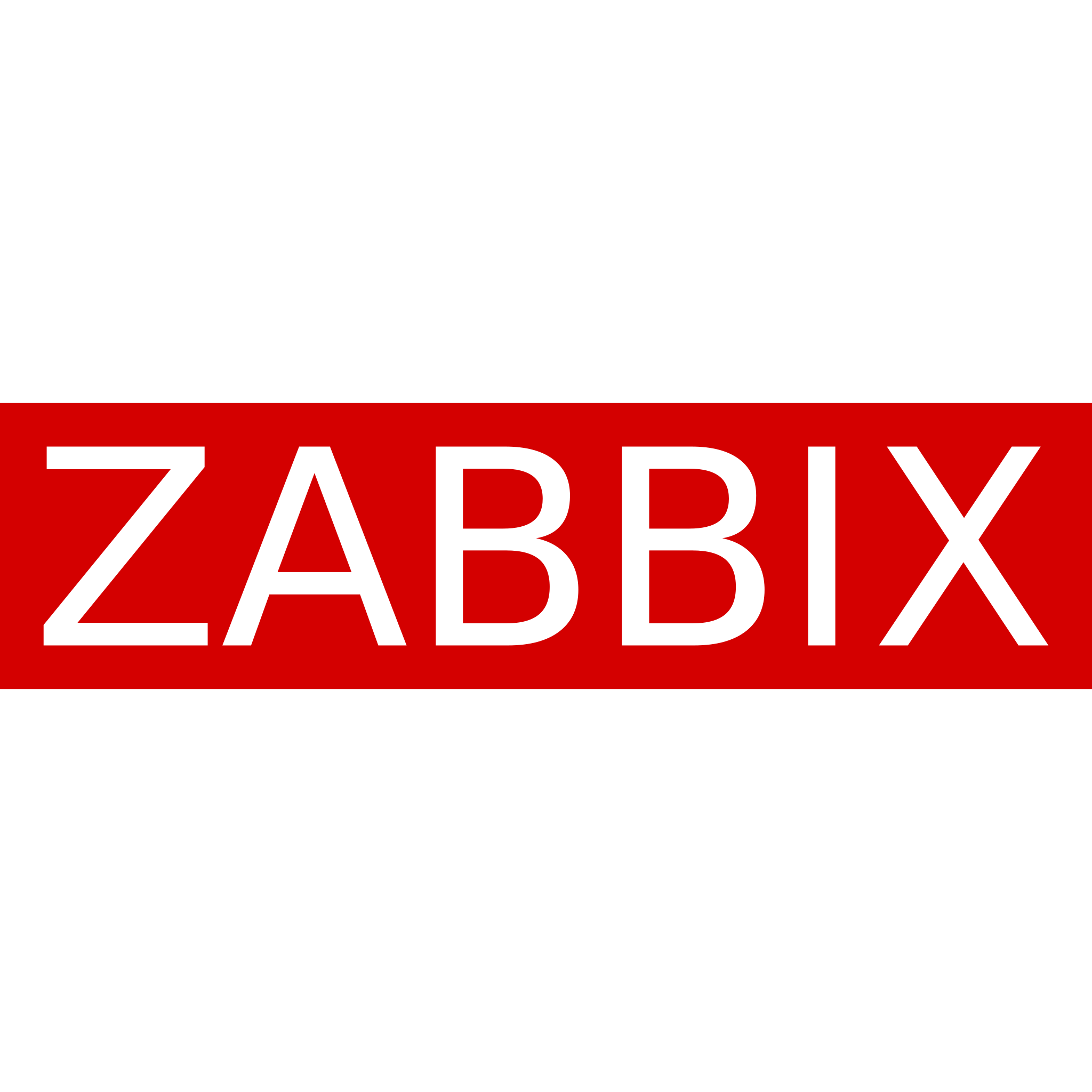






Databases and data warehouses
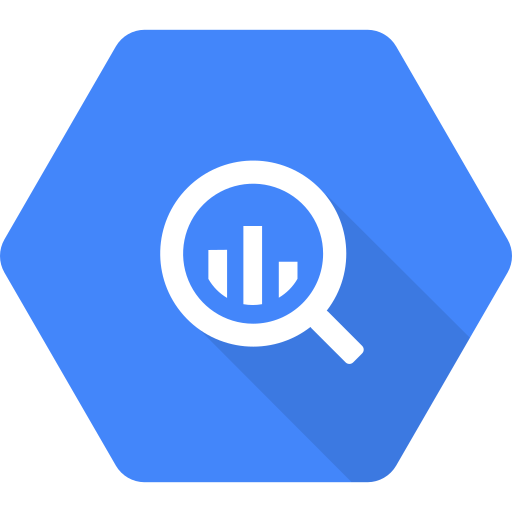

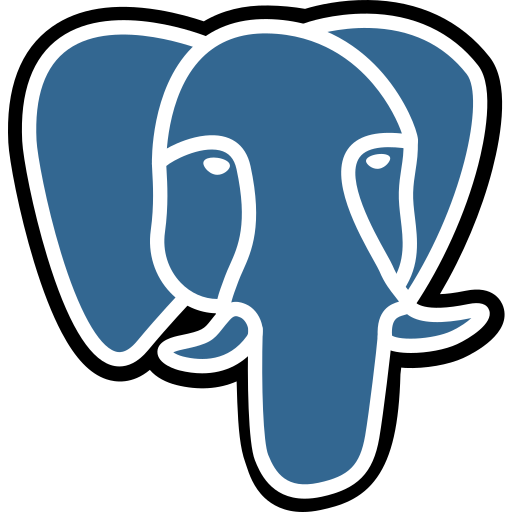

Communication platforms

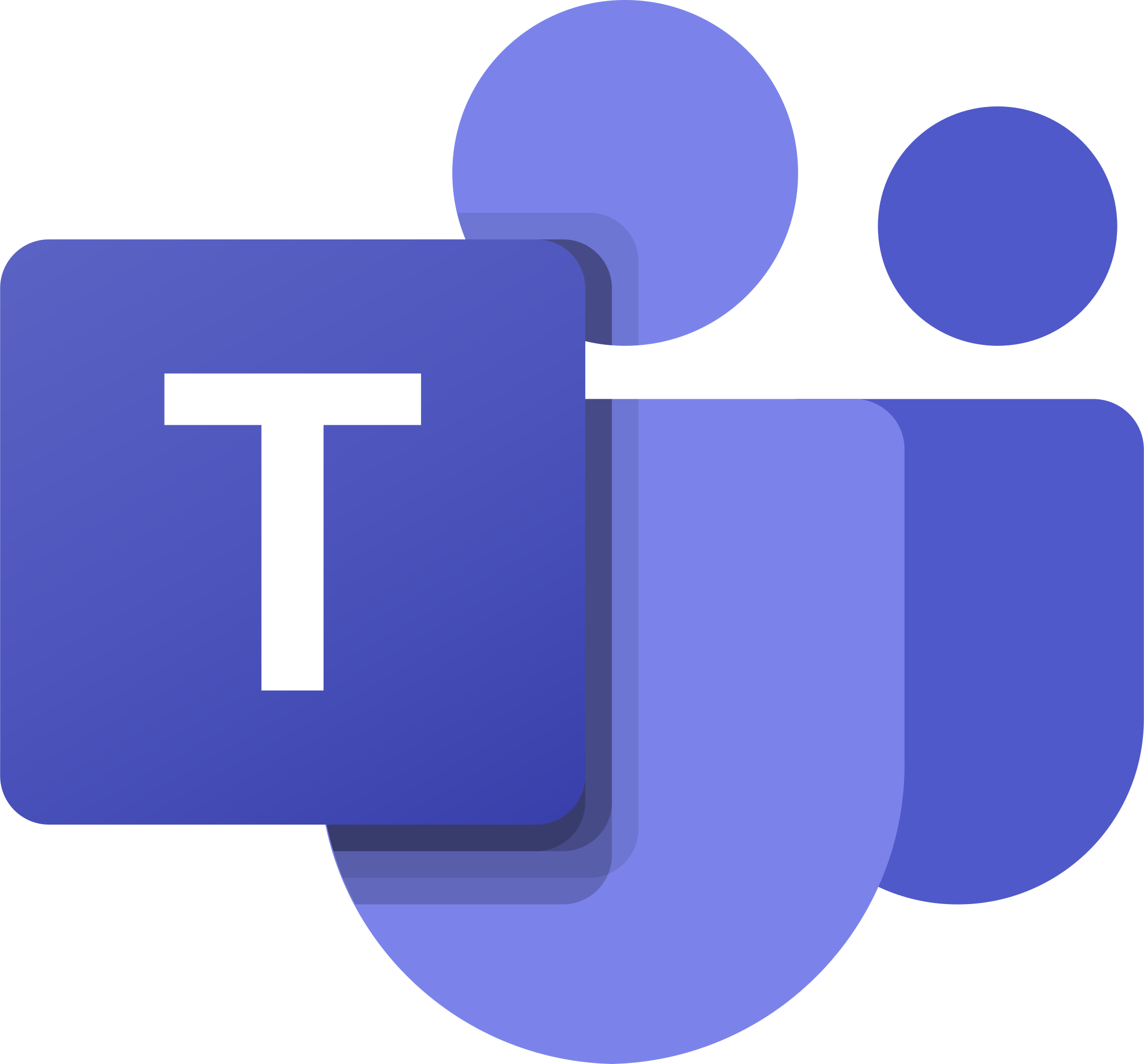
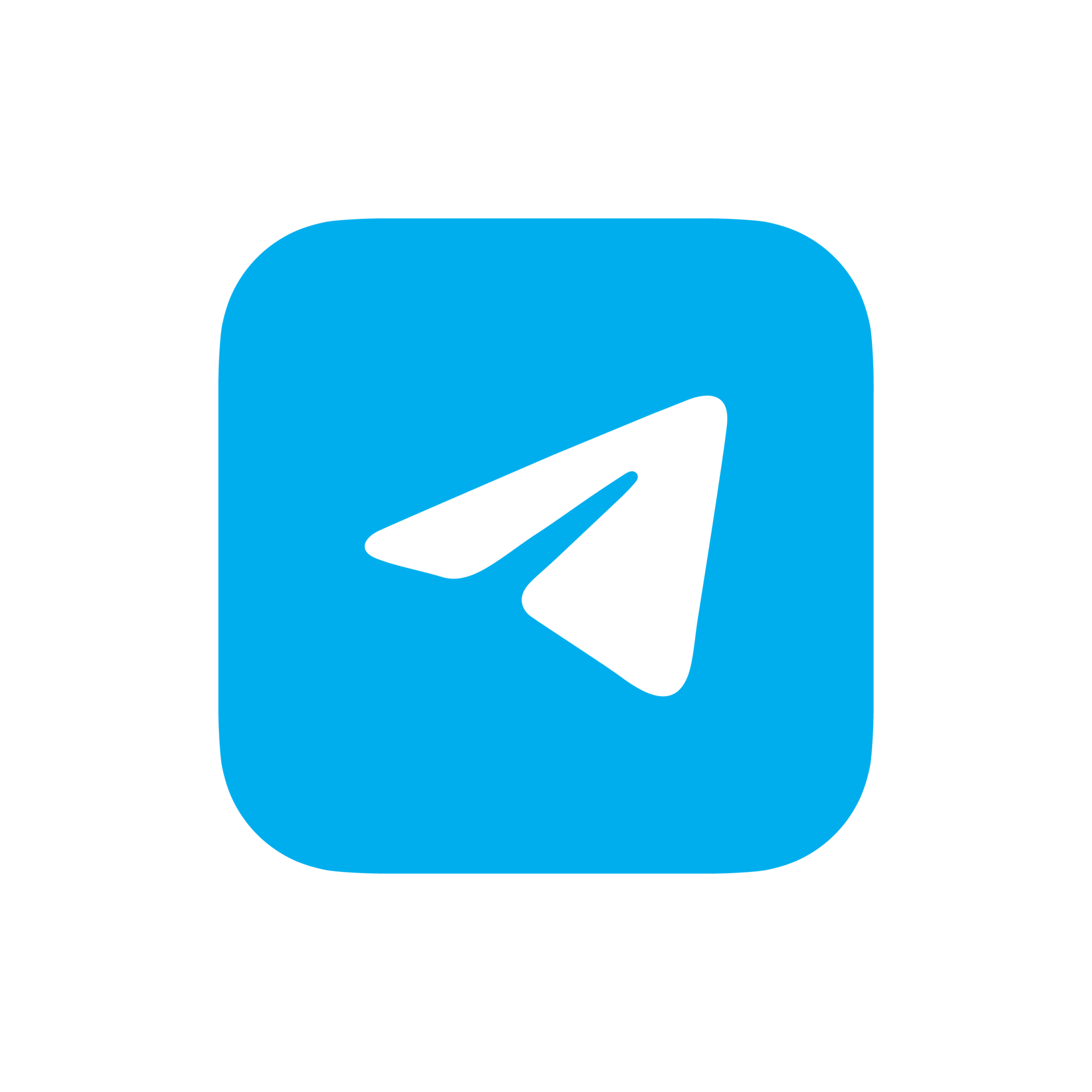
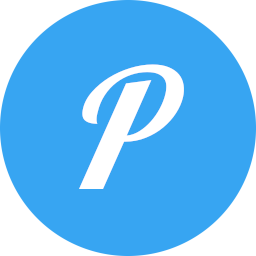




Incident Management tools
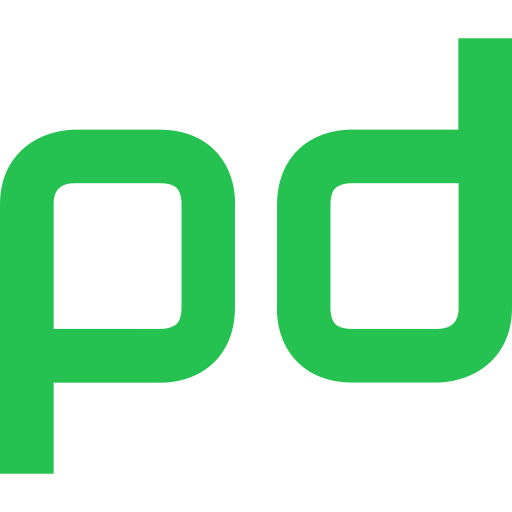




Ticketing tools

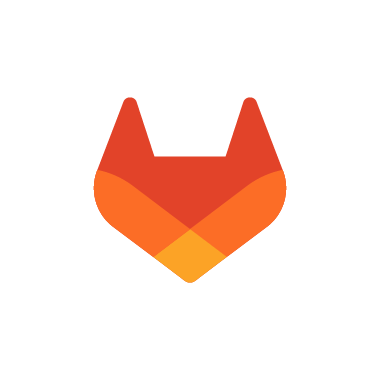
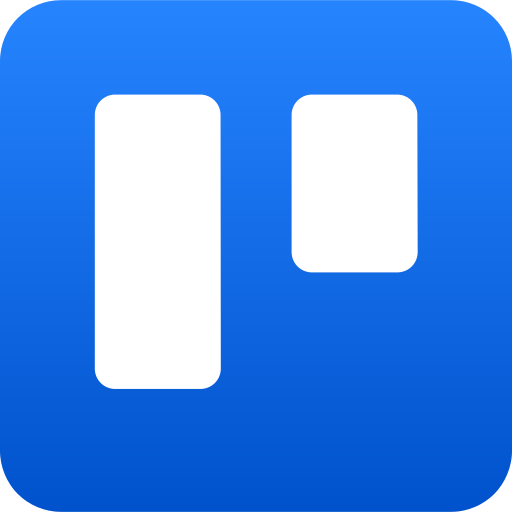


## Getting Started
### Overview
Keep composed of three main components:
1. [Keep UI](https://github.com/keephq/keep/tree/main/keep-ui) - A NextJS app to connect your providers, centralize alerts and create the workflows.
2. [Keep Backend](https://github.com/keephq/keep/tree/main/keep) - A FastAPI server that implements the business logic behind Keep, including integrating with the tools, working with alerts and scheduling and running the workflows.
3. [Keep CLI](https://github.com/keephq/keep/blob/main/keep/cli/cli.py) - A CLI that lets you control and manage Keep via CLI.
>**Disclaimer**: we use [PostHog](https://posthog.com/faq) to collect anonymous telemetries to better learn how users use Keep (masked screen recordings for CLI commands)
To turn PostHog off, set the `DISABLE_POSTHOG=true` environment variable and remove the `NEXT_PUBLIC_POSTHOG_KEY` environment variable.
### Quickstart
#### Spinning up Keep with docker-compose
The easiest way to start with Keep is to run it via docker-compose:
```shell
curl https://raw.githubusercontent.com/keephq/keep/main/start.sh | sh
```
The UI is now available at http://localhost:3000 and the backend is available at http://localhost:8080.
#### Spinning up Keep with Helm on Kubernetes/Openshift
To install Keep to your Kubernetes ease free with Helm, run the following commands:
```shell
helm repo add keephq https://keephq.github.io/helm-charts
helm pull keephq/keep
helm install keep keephq/keep
```
More information about the Helm chart can be found [here](https://github.com/keephq/helm-charts).
#### Local development
You can also start Keep within your favorite IDE, e.g. [VSCode](https://docs.keephq.dev/development/getting-started#vscode)
#### Wanna get Keep up and running in production? Go through our detailed [development guide](https://docs.keephq.dev/development)
## 🫵 Keepers
### Top Contributors
A special thanks to our top contributors who help us make Keep great. You are more than awesome!
- [Furkan](https://github.com/pehlicd)
- [Asharon](https://github.com/asharonbaltazar)
Want to become a top contributor? Join our Slack and DM Tal, Shahar, or Furkan.
### Contributors
Thank you for contributing and continuously making Keep better, you're awesome 🫶

